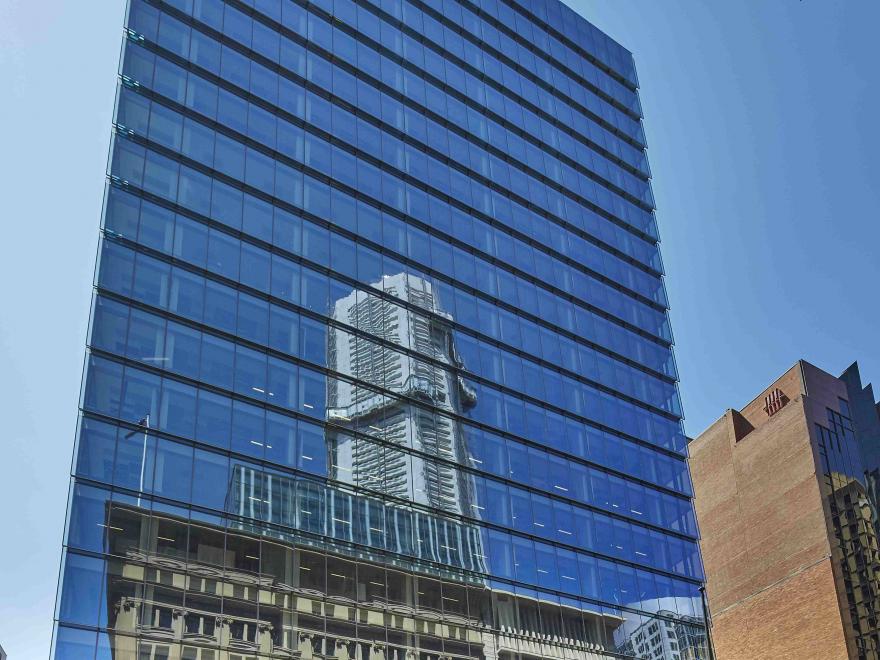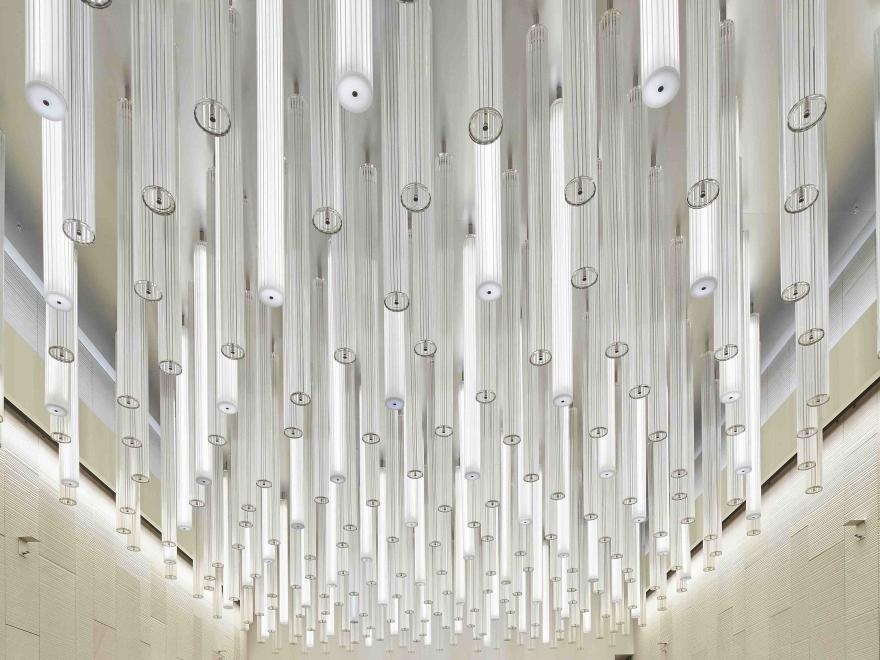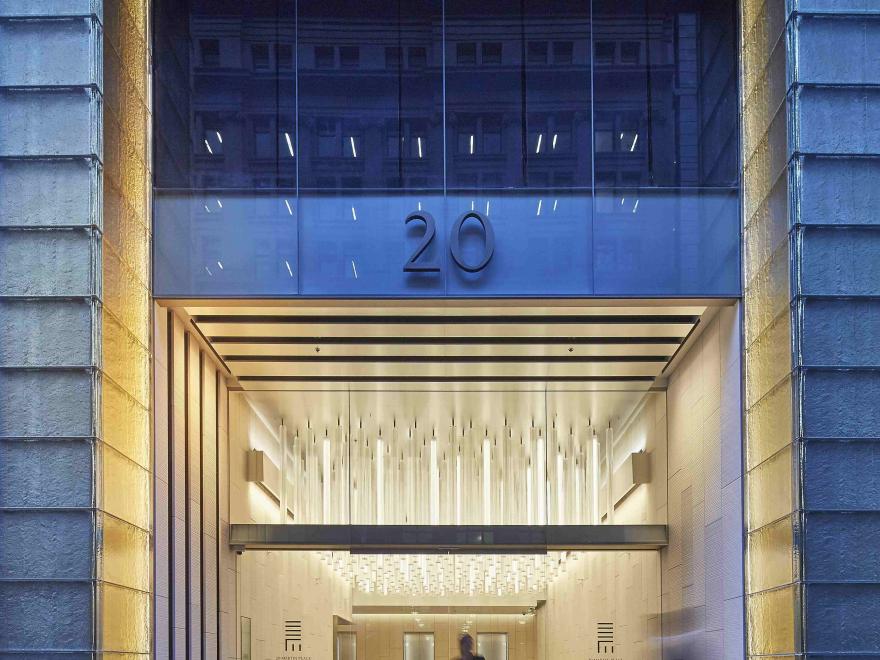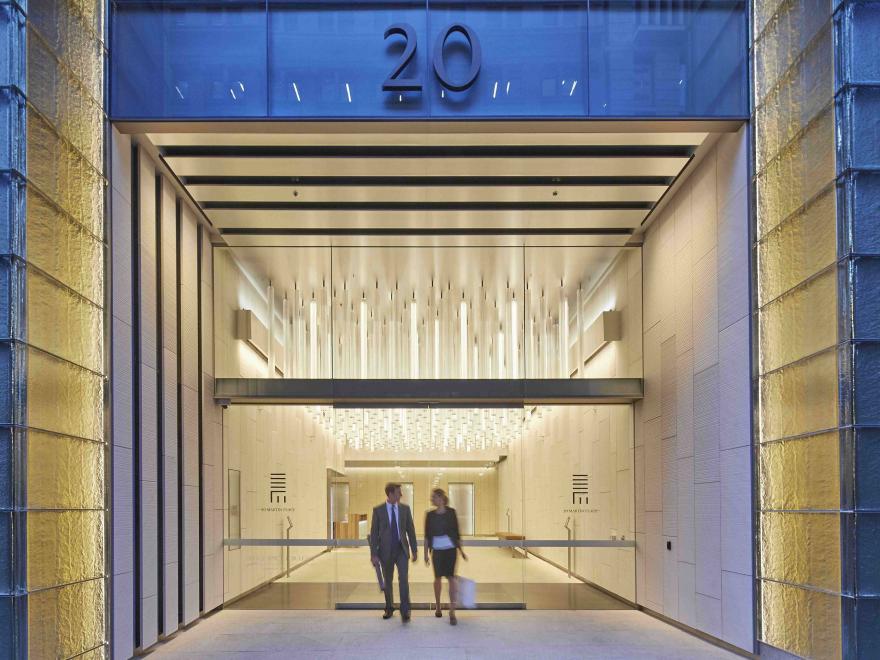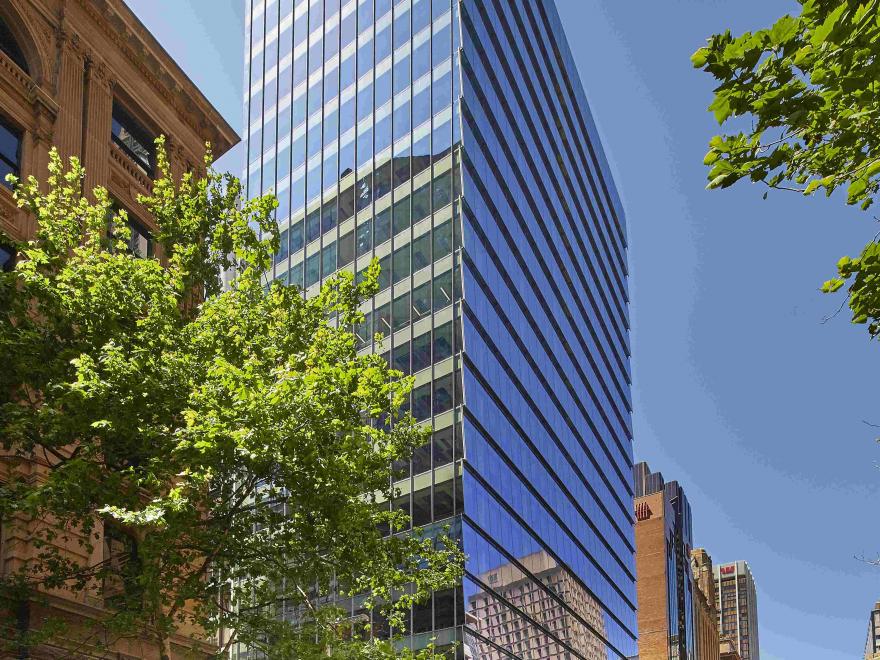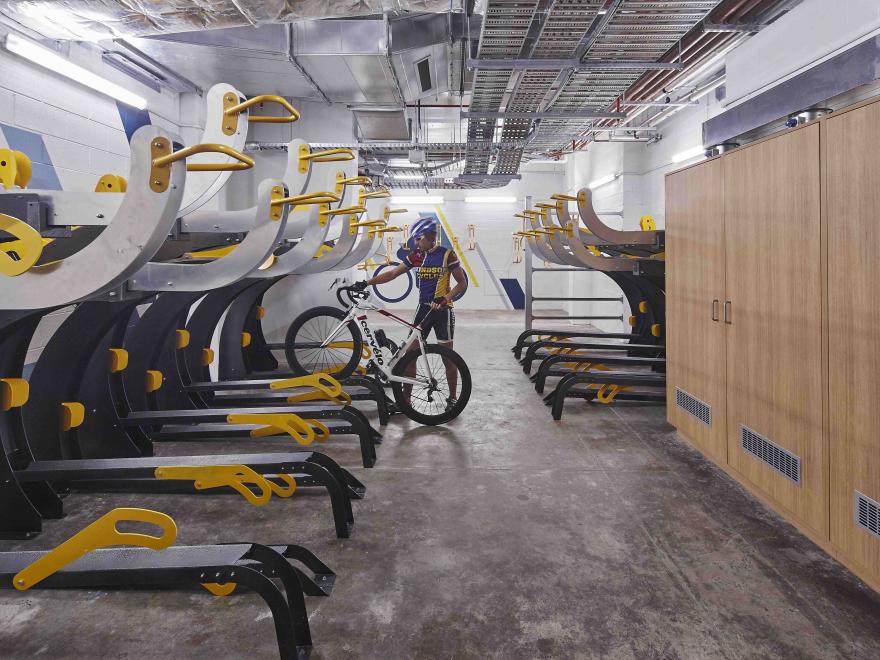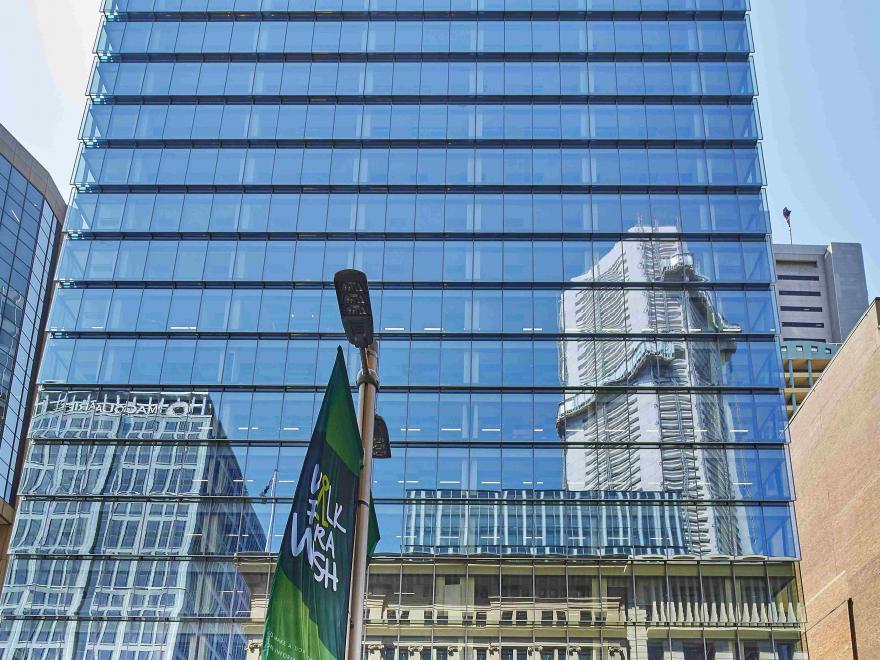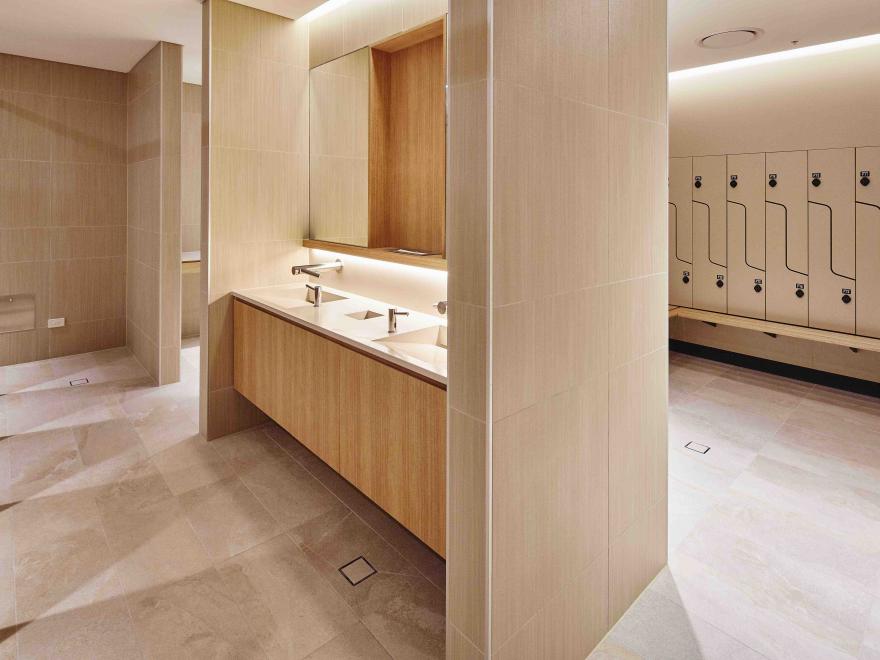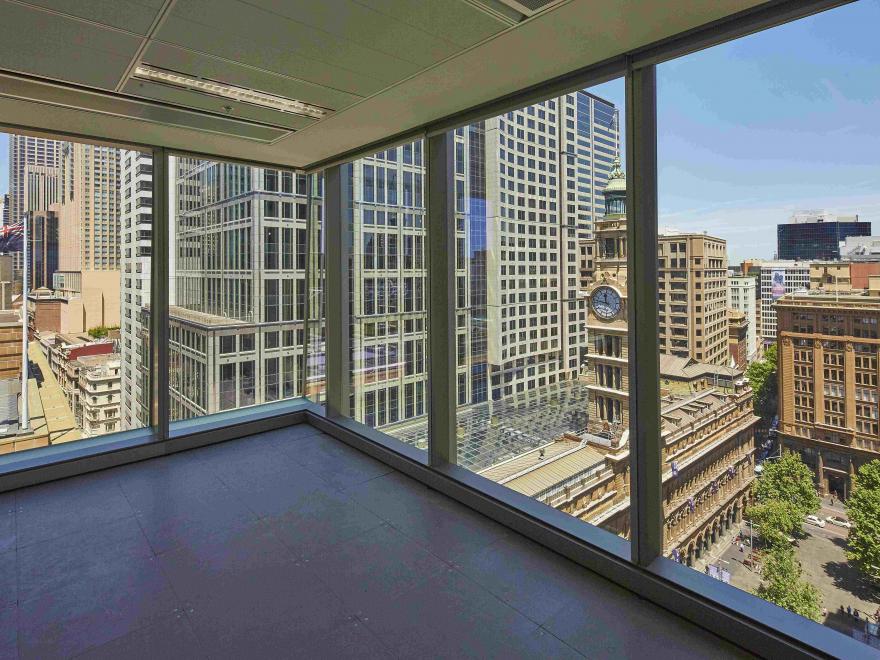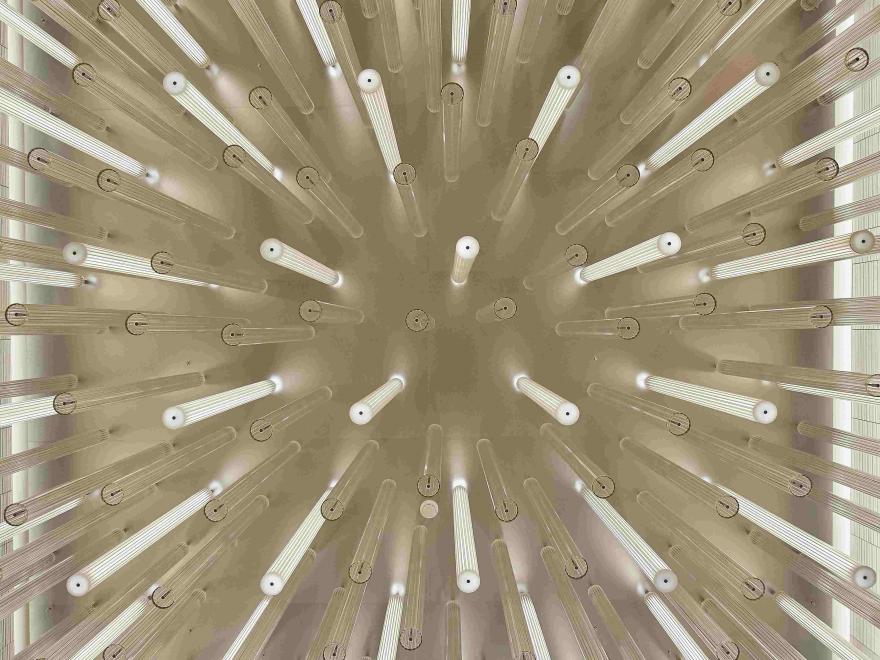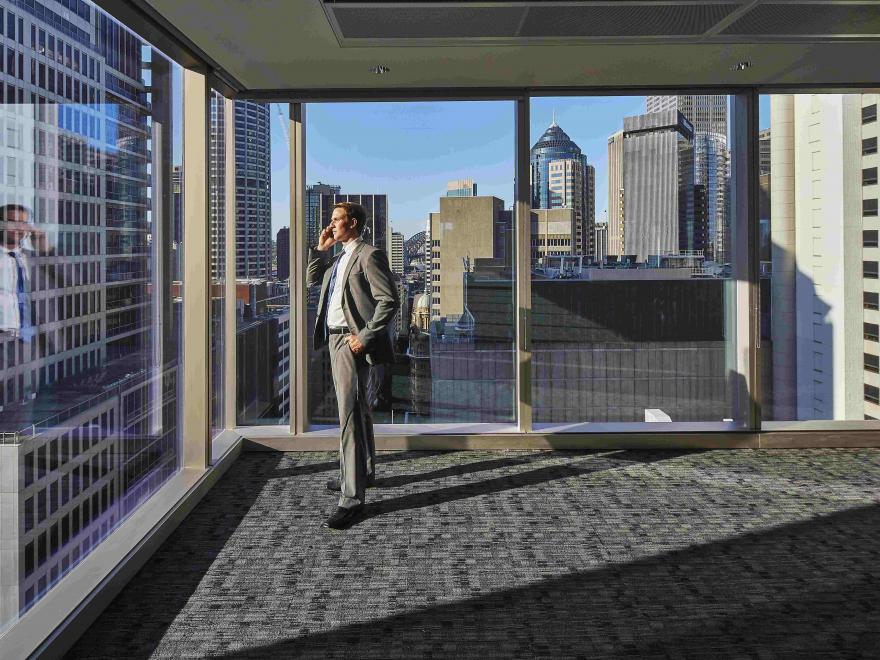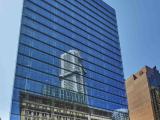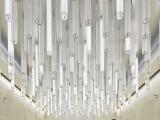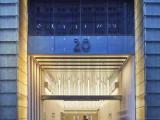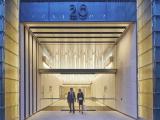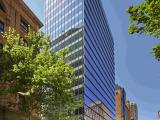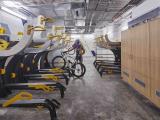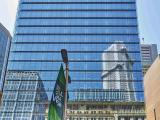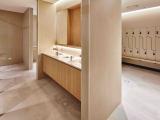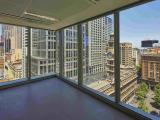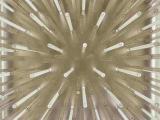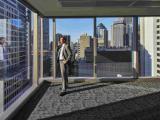The project, which achieved a 6 Star Green Star Office v3 As Built rating and targets a 5 Star NABERS Energy rating in operation, gave new life to the underlying steel structure that made up 20 Martin Place in its original form as a 1970s office building. By leaving the original steel in place, a calculated reduction of 1290 tonnes of CO2 equivalent was achieved within the project’s life cycle assessment. The saving is calculated based on the quantity of steel that would have needed to be manufactured, delivered to site and erected. The excellent outcome in the life cycle assessment was assisted by the reduction in the steel use as well as the additional concrete that would have been required if a reinforced concrete structure had been specified. This project stands as an example of the positive and adaptive re-use of steel, a material that can have a potential lifespan of more than 100 years, but which fashion dictates that it rarely enjoys. The project has effectively doubled the life of the steel holding it up. 20 Martin Place is one of the first commercial office buildings in Australia to install LED lighting across the entire floor plate. While LED does provide a small energy saving over T5 fluorescent lighting, the biggest environmental saving is the reduced maintenance requirements. The LED lights are rated for 100,000 hours, providing approximately 32 years usage at 60 hours per week. In contrast, T5 fluorescent tubes last 20,000 hours, providing only around six years of usage before re-lamping is required. Purely from a resource efficiency perspective, the LED light fitting comes in five times less resource intensive from a lamp life perspective, while also reducing the OH&S risk for maintenance personnel working on a ladder. By designing a ceramic frit to the interior of the glazing on the east and west facades, a shadowbox look was achieved without the added materiality of aluminium sheet, thus saving the façade system and project 7.43 tonnes of aluminium. This has resulted in a GHG emission saving of approximately 87 tonnes of CO2 equivalent. As part of the effort to divert construction and demolition waste from landfill, Built went as far as implementing options for separating out non-contaminated and contaminated demolition waste on site. This resulted in diverting more than 16,000 tonnes of facade concrete and brick from hazardous waste landfill. This had a dual benefit of diverting a large amount of concrete and brick into the recycled aggregate stream instead of landfill and saved the project in the order of $4.5 million in landfill fees. Overall, the project achieved a recycling rate in excess of 95 per cent. This project has shown how careful planning from the design stage can utilise existing materials and structures and reduce the level of waste to landfill. It has produced a commercial building where the tenancies are comfortable throughout the year, that are energy efficient with reduced operating costs, and are an investment in a better environment. It is a worthy winner of the Excellence in Resource Efficiency, Construction Awards for 2016.
Category
Construction (Commercial) » Excellence In Resource Efficiency
Price
OPEN PRICE CATEGORY
Year
2016
Builder/Company
Built
Suburb
Sydney
Prize
Winner
Project
20 Martin Place


